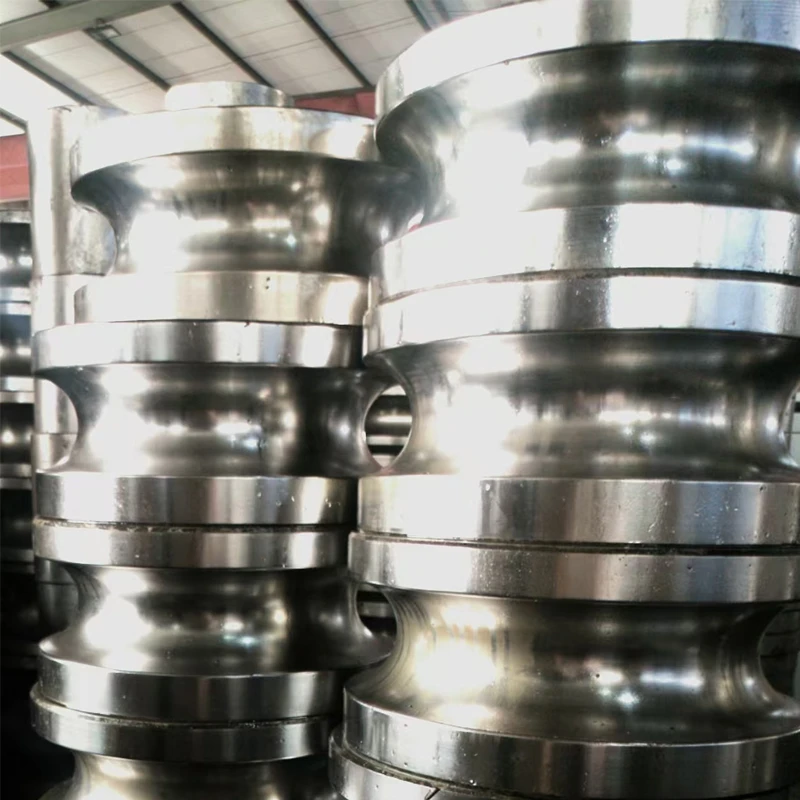Steel Plate Leveling Equipment for Enhanced Surface Flatness and Precision
The Importance of Steel Plate Flattening Machines in Modern Manufacturing
In the realm of manufacturing, steel plays a pivotal role due to its strength, durability, and versatility. However, there is often a significant challenge that manufacturers face - the warping and bending of steel plates during production and processing. To address this issue, steel plate flattening machines have emerged as an indispensable tool in the industry, ensuring that steel plates maintain their structural integrity and optimal performance.
Understanding Steel Plate Flattening Machines
A steel plate flattening machine is designed to correct the deformations that can occur during the cutting, welding, or transportation of steel sheets and plates. Warped plates can lead to difficulties in subsequent manufacturing processes, such as assembly or painting, and may even result in structural weaknesses in the final product. Thus, flattening machines are critical for achieving the highest standards of quality in manufacturing.
These machines employ various mechanisms to apply pressure to the deformed plates. The most common types include hydraulic rollers, mechanical presses, and specialized flattening systems that utilize adjustable rollers or plates to exert force on the warped areas. The process is precise, allowing for adjustments according to the specifications of different steel grades and thicknesses, ensuring that even the toughest or thickest plates can be effectively flattened.
The Process of Flattening
The operation of a steel plate flattening machine involves several steps. Initially, the warped steel plates are loaded onto the machine, typically using a forklift or overhead crane. Once secured, the machine operator sets the desired parameters, which often include thickness, material type, and the extent of flattening required.
The flattening process begins with the machine applying force through its rollers or plates. This force works to redistribute the internal stresses within the steel, effectively correcting any bows, twists, or bends. Advanced PLC (Programmable Logic Controller) technology is often integrated into these machines, allowing for automated adjustments and real-time feedback on the flattening process.
steel plate flattening machine

Once the flattening is complete, the plates are inspected for any residual warping. This quality assurance step is crucial, as it ensures that the plates meet the stringent requirements of subsequent processes. Manufacturers often conduct further treatments, such as surface grinding or shot blasting, following the flattening to enhance the plates’ durability and readiness for use.
Benefits of Using Steel Plate Flattening Machines
Investing in steel plate flattening machines brings numerous benefits to manufacturers. Firstly, they significantly reduce waste. Warped plates that are not corrected often end up as scrap material, increasing production costs. By ensuring that materials can be reused effectively, manufacturers can enhance their sustainability practices while maintaining cost efficiency.
Secondly, these machines improve the overall quality of the final products. Flat, well-processed steel plates contribute to better assembly and reduced fabrication issues, leading to a higher quality end result. This is especially important in industries where precision is paramount, such as aerospace, automotive, and construction.
Moreover, the automation and efficiency provided by modern steel plate flattening machines enhance productivity. With quicker turnaround times and less manual labor required, manufacturers can streamline their processes, meeting tight deadlines and increasing output.
Conclusion
In conclusion, steel plate flattening machines play a crucial role in modern manufacturing. By effectively correcting warping in steel plates, these machines not only optimize material usage but also ensure the structural integrity and quality of products in various industries. As technology advances, the capabilities and efficiency of flattening machines will continue to improve, making them a key component in the toolkit of manufacturers aiming to maintain standards in an increasingly competitive market. Investing in quality flattening machines is, therefore, not just a financial decision but a strategic move towards innovation, efficiency, and excellence in manufacturing.
-
High Frequency Straight Seam Welded Pipe Production Line-BzZhou Xinghua Machinery Equipment Manufacturing Co., LTD.|Precision Welding, High EfficiencyNewsJul.30,2025
-
High Frequency Straight Seam Welded Pipe Production Line|BzZhou Xinghua|Precision Welding&EfficiencyNewsJul.30,2025
-
High Frequency Straight Seam Welded Pipe Production Line - BzZhou Xinghua|Precision Engineering&EfficiencyNewsJul.30,2025
-
High-Frequency Straight Seam Welded Pipe Production Line-BzZhou Xinghua Machinery Equipment Manufacturing Co., LTD.NewsJul.30,2025
-
High-Frequency Straight Seam Welded Pipe Production Line-BzZhou Xinghua Machinery Equipment Manufacturing Co., LTD.|Precision Manufacturing, High EfficiencyNewsJul.30,2025
-
High Frequency Straight Seam Welded Pipe Production Line-BzZhou Xinghua Machinery Equipment Manufacturing Co., LTD.|Precision Steel Pipe Manufacturing&Industrial EfficiencyNewsJul.29,2025


